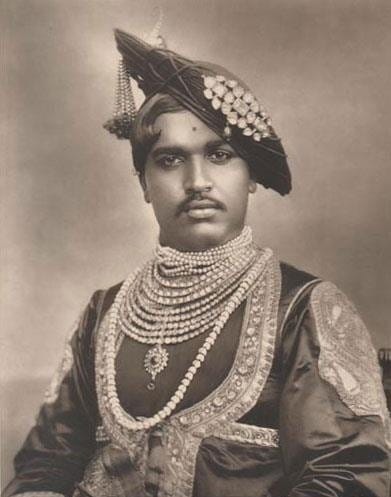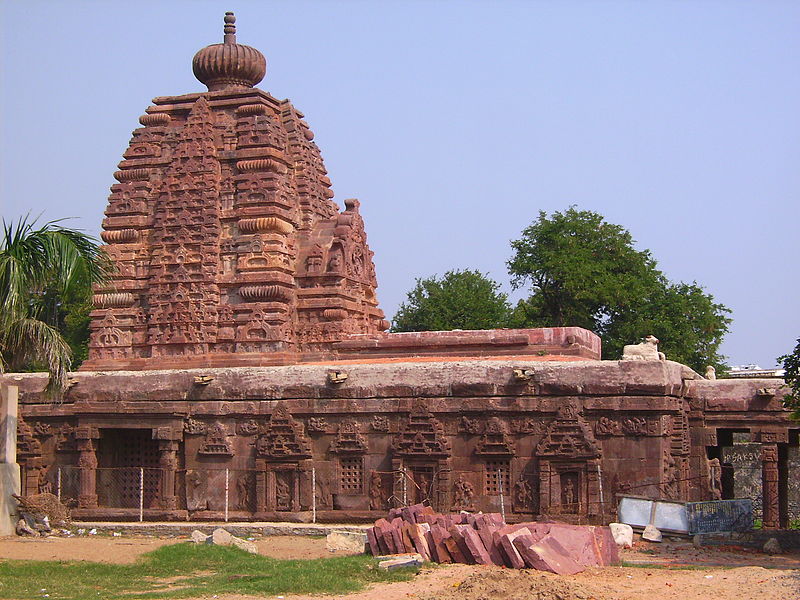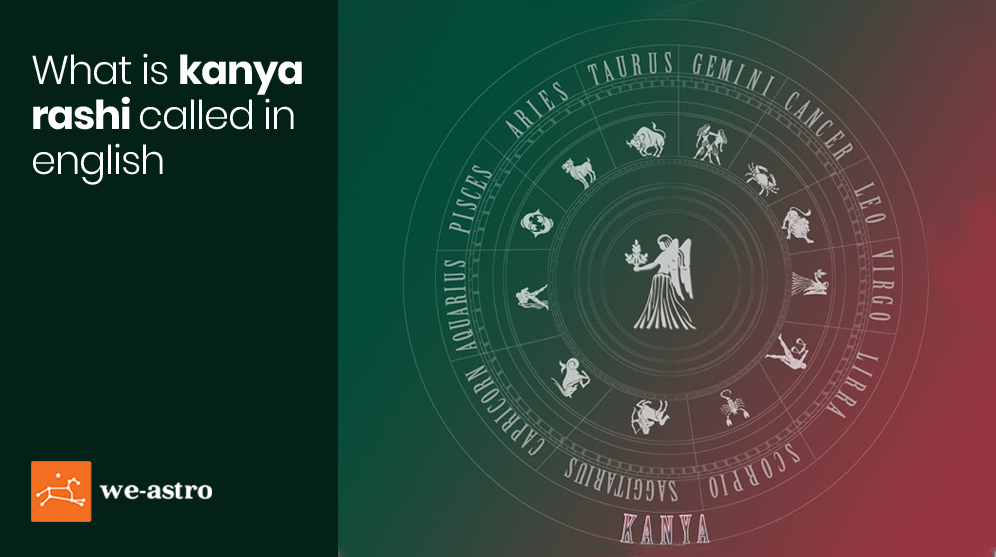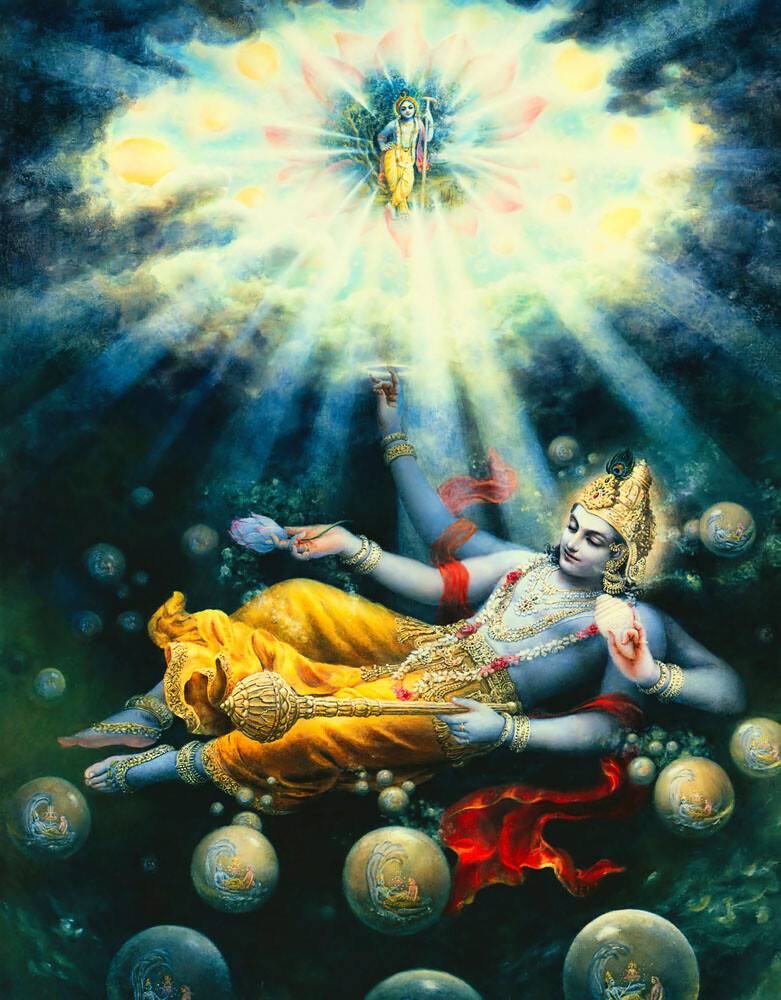Unraveling the Saga: Damodar Rao of Jhansi - The Unsung Hero in the Tapestry of Indian History
Discover the life of Damodar Rao of Jhansi, the adopted son of Rani Lakshmibai, and his role in 19th-century Indian history and the First War of Independence.

Damodar Rao of Jhansi, also known as Anand Rao, was the adopted son of Rani Lakshmibai, the Queen of Jhansi, and her husband, Raja Gangadhar Rao. Born in 1849, Damodar Rao is an important figure in Indian history as he played a significant role in the struggle for Indian independence during the First War of Independence in 1857. His life is a testament to the indomitable spirit of resistance and resilience demonstrated by the Queen of Jhansi and her people in the face of adversity.
When Raja Gangadhar Rao passed away in 1853, Rani Lakshmibai decided to adopt a child to ensure the continuity of their lineage and to prevent the British from annexing Jhansi under the Doctrine of Lapse. She adopted a young boy named Anand Rao, who was the son of her husband's cousin, and renamed him Damodar Rao. Little did she know that this decision would have far-reaching consequences and would define the course of Indian history.
As the adopted son of the Queen, Damodar Rao was now the rightful heir to the throne of Jhansi. However, the British had other plans. They refused to accept Damodar Rao as the legitimate heir and instead, proceeded to annex Jhansi, seizing control of the kingdom. This act of aggression fueled the anger and resentment of Rani Lakshmibai and her subjects, eventually leading to the historic uprising of 1857.
Rani Lakshmibai, along with her young son Damodar Rao, led the rebel forces in their fight against the British East India Company. Showing immense courage and valor, she fought fiercely on the battlefield, even carrying Damodar Rao on her back as she rode into battle. Despite their best efforts, the British forces emerged victorious, and Rani Lakshmibai tragically lost her life in the Battle of Gwalior in 1858.
After the death of his mother, Damodar Rao managed to escape the clutches of the British and went into hiding. He eventually settled in the city of Indore, where he lived a modest life, refusing any assistance from the British government. Damodar Rao passed away in 1906, but his legacy lives on as a symbol of courage and resilience in the face of adversity.
In conclusion, the story of Damodar Rao and Rani Lakshmibai serves as an inspiring reminder of the sacrifices made by our brave ancestors in their fight for independence. Their unwavering determination and courage continue to inspire generations of Indians, as we strive to uphold the values of freedom and justice that they fought so valiantly for.




